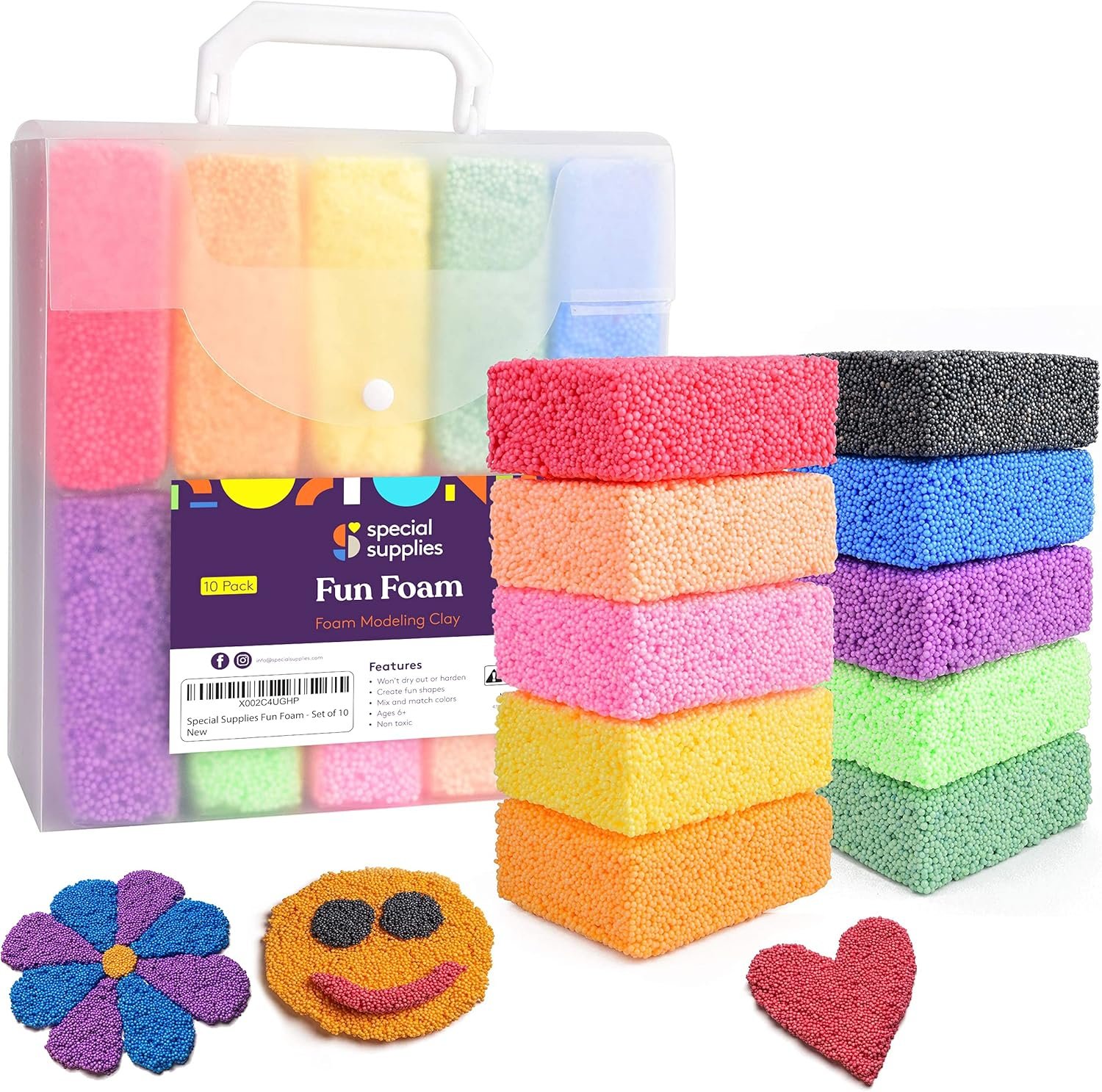Best Fidget Toys for Kids
☑️ Child Therapist Recommended
What are the benefits of fidget toys?
Fidget toys can relieve stress, reduce anxiety, and channel excess energy to support productive habits (like navigating emotional dysregulation or engaging in a therapy session). Fidget toys are particularly beneficial for children (or adults!) with neurodivergent brains (attention-deficit/hyperactivity disorder (ADHD), autism spectrum disorder, sensory processing disorders, etc.) because they provide a physical sensory outlet for suppressed energy.
In an educational setting, fidget toys may or may not be helpful for attentiveness and behavior management. The implementation of fidget toys in the classroom should be dependent on individual needs and specific guidelines. Learn more about the benefits and limitations of fidget toys in this article by Kriescher et al. (2022), Evaluating the Evidence for Fidget Toys in the Classroom.
We’ve rounded up a few of our favorite fidget toys that help kids engage in therapy:
(also great for long commutes, waiting rooms, or quiet-time!)
These colorful suction toys encourage quiet constructive play. They are also durable and easy to sanitize (dishwasher safe!).
They transform, spin, and lend themselves to a child’s imagination!
This quiet silicone fidget toy engages kids in a calming, mindful activity.
Pop Tubes aren’t the quietest fidget toys, but they are fun and enticing! They are a great sensory outlet and play therapy component.
Fidget cubes provide mindless sensory stimulation during high-emotional therapeutic tasks—they can offer relief without distraction!
This versatile fidget can be used to demonstrate cooperation, for play therapy prompts, or as a concentration tool.
We love to use colorful poppers to talk about Color-Coded Feelings or as a simple distraction in moments of emotional tension or during arduous cognitive tasks.
This squishy cube engages kids by giving their hands something to do while their brains concentrate.
These emotion poppers can be used in many different ways to help kids identify and contextualize emotions—a major component of emotional literacy and empathy-building!
Push the popper that best describes how you felt at bedtime last night or as you push each popper, talk about a time when you experienced that feeling.
This quiet sensory toy soothes the mind.
The unique texture of foam provides a calming sensory experience that creates a soothing and grounding effect.
Sensory rings offer an outlet for restless energy and can promote focus, self-regulation, and emotional expression.
RELATED BLOG POSTS:
REFERENCES
Kriescher, S. L., Hulac, D. M., Ryan, A. M., & King, B. L. (2022). Evaluating the evidence for fidget toys in the classroom. Intervention in School and Clinic, 59(1), 66–69. https://doi.org/10.1177/10534512221130070
Professional, C. C. M. (2024, July 15). Neurodivergent. Cleveland Clinic. https://my.clevelandclinic.org/health/symptoms/23154-neurodivergent












